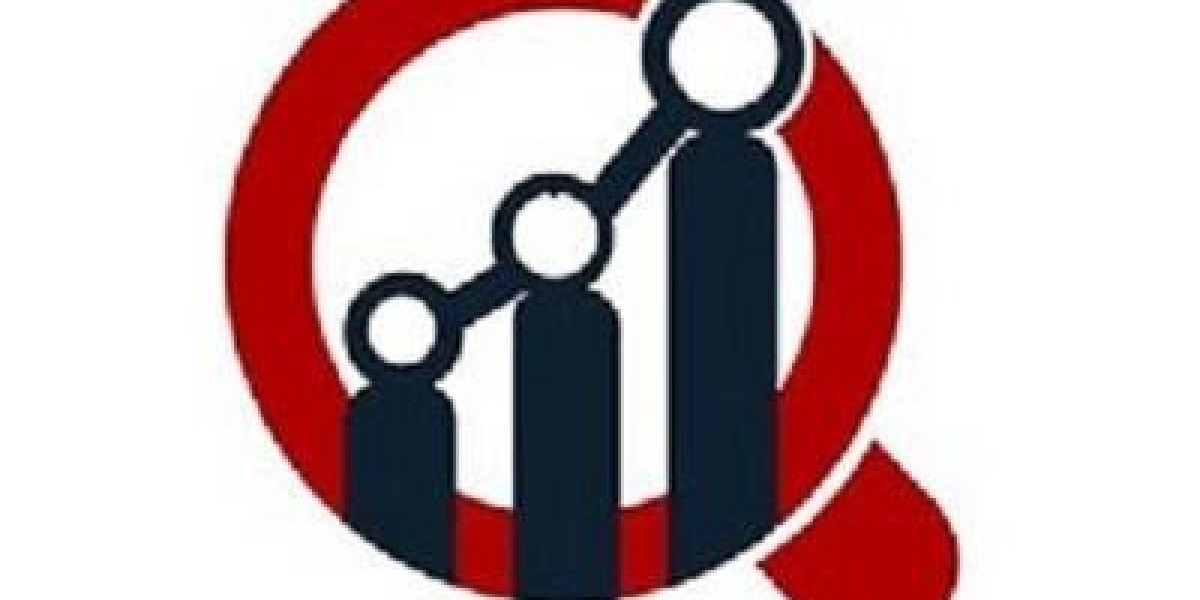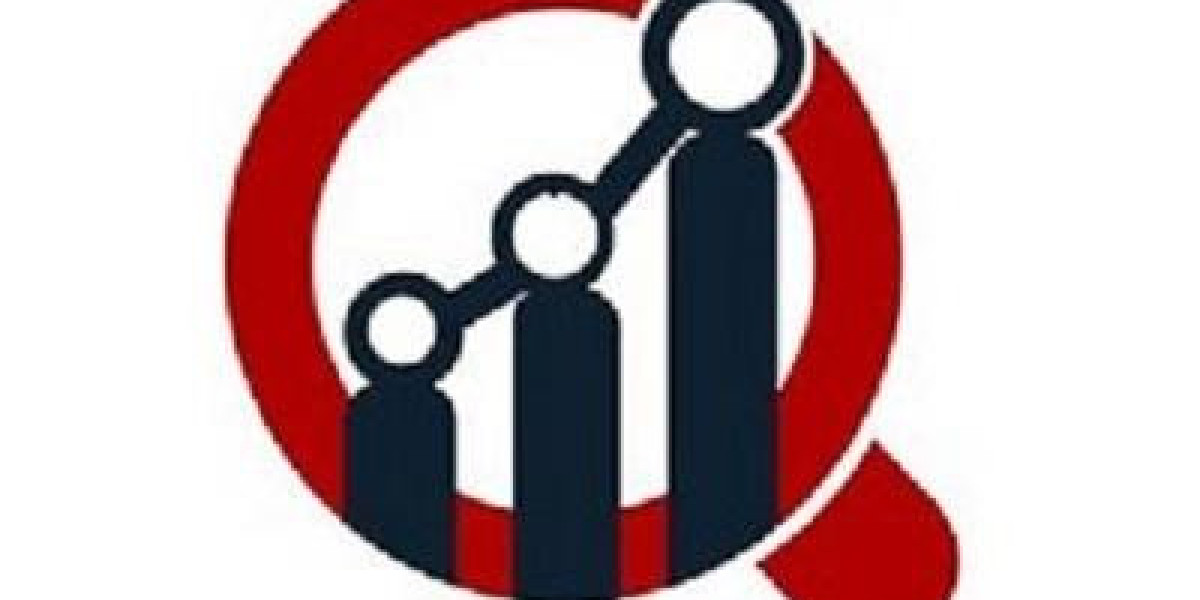The global market for non-profit software is a theater of intense and unique competition, where a diverse array of vendors are vying to become the core operating system for organizations dedicated to social good. A close examination of the Non-Profit Software Market Competition reveals a rivalry fought not just on software features, but on the depth of understanding of the non-profit sector's unique needs, the effectiveness of the fundraising tools, and the power of the platform ecosystem. The competition pits the deeply entrenched, purpose-built non-profit software giants against the powerful, horizontal CRM platforms that are making a major push into the sector, and both against a vast and fragmented market of best-of-breed point solutions. The Non Profit Software Market size is projected to grow USD 31.36 Billion by 2035, exhibiting a CAGR of 7.48% during the forecast period 2025-2035. This sustained growth ensures that the competitive pressures will remain high, as all players compete for the long-term loyalty of a mission-driven, but often budget-conscious, customer base.
The central competitive dynamic is the ongoing clash between the traditional, "purpose-built" non-profit software suites and the modern, "configurable platform" approach of the major CRM vendors. The purpose-built leaders, like Blackbaud, compete on the basis of their decades of deep domain expertise. Their competitive advantage is that their software is designed from the ground up for the specific workflows of a non-profit, with modules for fund accounting, grant management, and fundraising that are tailored to the industry's unique requirements. Their brand reputation and their long-standing relationships with the largest non-profits give them a powerful incumbency advantage. In direct opposition are the horizontal platform players, led by Salesforce.org. Their competitive strategy is to offer a powerful, flexible, and modern cloud platform that can be configured to meet the needs of a non-profit. Their competitive advantage is the immense power and extensibility of their core platform, the massive ecosystem of third-party apps available on their marketplace, and their often-generous philanthropic licensing models for non-profits. This creates a fundamental strategic choice for a non-profit CIO: do they choose the deep, out-of-the-box, non-profit-specific functionality of a traditional vendor, or the flexibility and modern architecture of a configurable horizontal platform?
This primary rivalry is further complicated by the intense competition from a vast ecosystem of best-of-breed "point solutions." The non-profit software market is highly fragmented, with hundreds of smaller companies that specialize in solving one problem exceptionally well. This includes a huge number of online donation platforms, peer-to-peer fundraising tools, volunteer management systems, and event management software. These specialized tools often have a superior user experience and more innovative features for their specific niche than the corresponding module from a large, all-in-one suite. They compete by being the best in the world at one thing. This creates a constant "unbundling" pressure on the major platform providers, who must ensure that their own native modules are "good enough" to prevent their customers from seeking out a third-party point solution. This dynamic forces all players to be constantly innovating, and it also drives a significant amount of M&A activity, as the major platforms often acquire the most successful point solutions to integrate them into their own suites.
Top Trending Reports -







